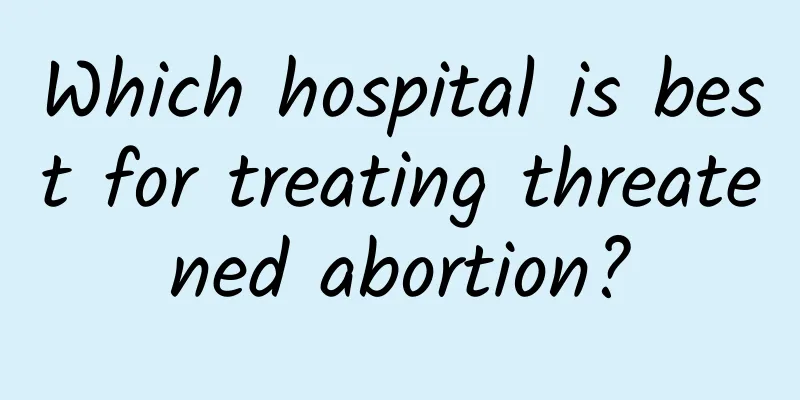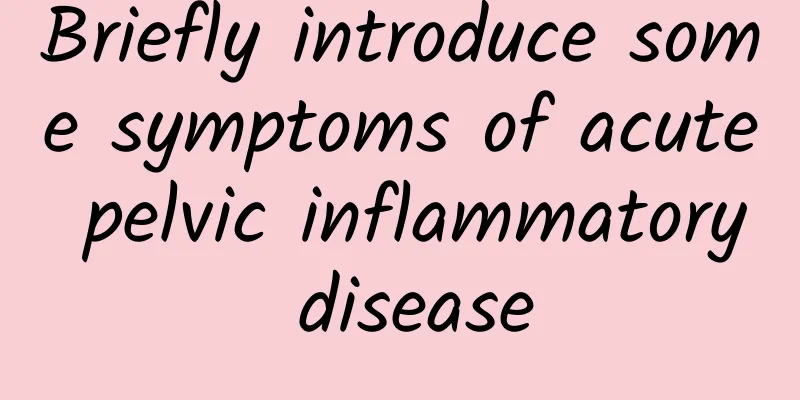What are the symptoms of polycystic ovarian syndrome

|
Symptoms of polycystic ovarian syndrome: The most typical symptoms of polycystic ovary syndrome are: 1. Hyperandrogenism: It is common clinically, and the most typical one is hirsutism, especially around the breasts, around the navel, on the lips, and under the jaw. Girls should not have beards in places where 1-2 longer and darker hairs appear, which is called hirsutism. In addition, moderate to severe acne, as well as obesity, may be manifestations of hyperandrogenism; 2. Menstrual disorders: It can be irregular menstrual disorders. The most common is no ovulation. There may also be ovulation, but abnormal ovulation. It exists in luteal insufficiency and may also be related to this disease. In addition, amenorrhea may also occur clinically; 3. Ovarian abnormalities: Under normal circumstances, the diagnostic criteria are 2-9mm, more than 12 on one side, or the ovarian volume exceeds 10ml, then this disease can be considered comprehensively, and other factors that cause anovulation should be excluded, such as hyperandrogenism and polycystic ovarian manifestations. Why Polycystic Ovary Syndrome At the beginning of PCOS, if you actively exercise, treat various complications, and control your diet, you can delay the development of the disease, that is, it will not develop to a very serious degree. However, if you do not treat it, or if you overeat, become overly obese, and do not pay attention to adjusting various hormones, it will develop to a more serious degree. If you are an obese patient, you must pay attention to losing weight. If you have not had your period for two months, you should use progesterone, and then stop taking it and have your period. The main reason for this disease is that ovulation is abnormal, or there is no ovulation. Under the action of a single estrogen, the endometrium will have endometrial lesions, so progesterone must be used to protect the endometrium. PCOS is a progressive metabolic disease, a lifelong disease, and it cannot be cured. Therefore, when PCOS is diagnosed, it must be actively controlled. How to treat polycystic ovarian syndrome Patients with polycystic ovarian syndrome need to be divided into three aspects: basic treatment, treatment of complications and pregnancy-promoting treatment, depending on whether the patient has fertility requirements and whether there are complications. General treatment includes changing lifestyle and losing weight. Obesity plays an important role in the onset of polycystic ovary. Weight can be lost by improving diet, strengthening physical exercise and changing lifestyle. This method is effective, inexpensive and has no side effects. Patients who have fertility requirements can be given ovulation-inducing treatment. |
<<: What does polycystic changes in the left ovary mean?
>>: Is bilateral polycystic ovary serious?
Recommend
Can I get pregnant with polycystic ovaries?
We know that the ovaries are responsible for ovul...
What are the main causes of uterine fibroids?
Uterine fibroids are a manifestation of benign tu...
What are the symptoms of right ovarian cyst and what should we pay attention to?
What are the symptoms of right ovarian cyst? Symp...
Postpartum fruit bomb: avoid these five high-sugar fruits
During the confinement period, mothers emphasize ...
Superconducting visual painless abortion is very safe!
Are you still worried about an unexpected pregnan...
Can mild pelvic peritonitis be cured by taking medicine?
Pelvic peritonitis is a common disease, and femal...
Experts explain scientific methods for diagnosing cervicitis
There are many clinical diagnostic methods for ce...
How to treat left ovarian cyst
The treatment of left ovarian cysts can be select...
The best treatment for adenomyosis
There is currently no best treatment for adenomyo...
Introduction to Western Medicine Treatment of Cervical Hypertrophy
In life, cervical hypertrophy has affected the no...
Pregnant women should not do these 4 actions can easily lead to miscarriage
Every family hopes to give birth to a healthy bab...
Can patients with adenomyosis have abortion after pregnancy?
Can patients with adenomyosis have abortion after...
What is the difference between artificial abortion and painless artificial abortion? What are the precautions for abortion surgery?
Pregnancy is a very happy thing, but some people ...
Changes in leucorrhea during pregnancy must not be ignored
Vaginal discharge (leucorrhea) is composed of wat...
Everyday causes of endometrial tuberculosis infection
The purpose of analyzing the cause of endometrial...









